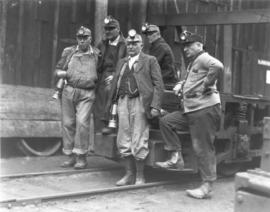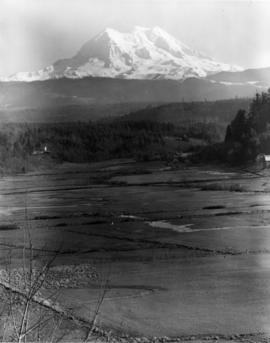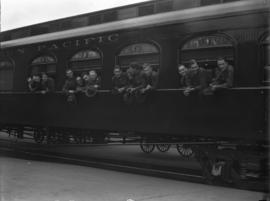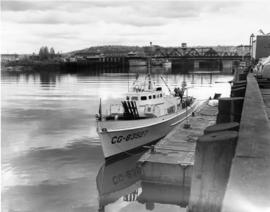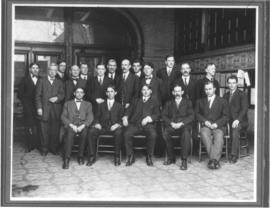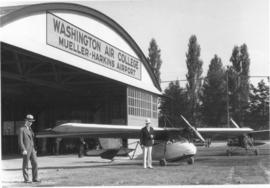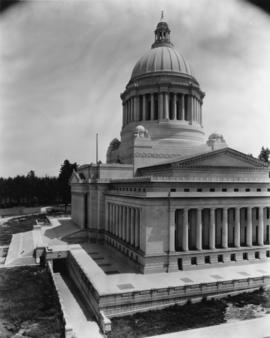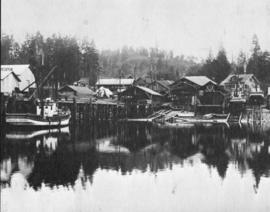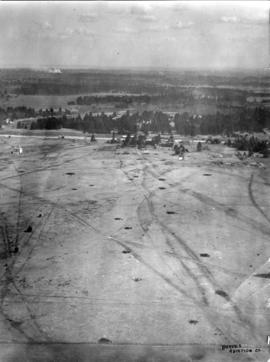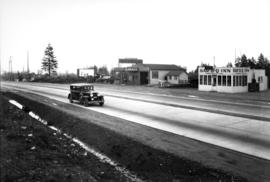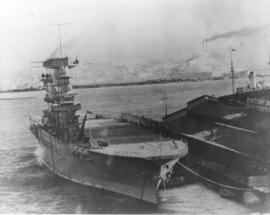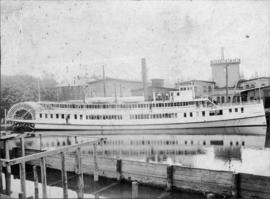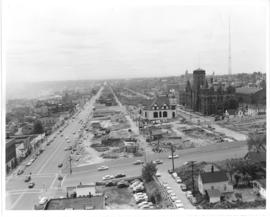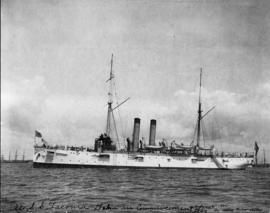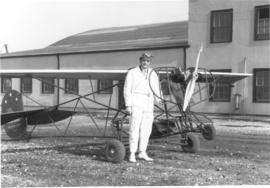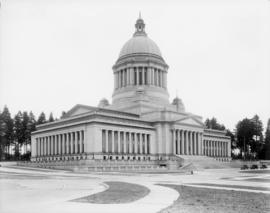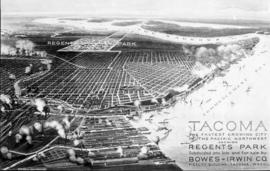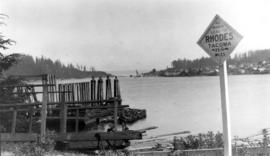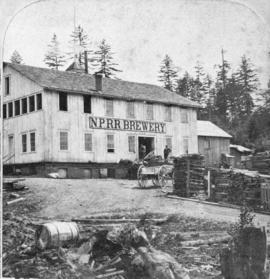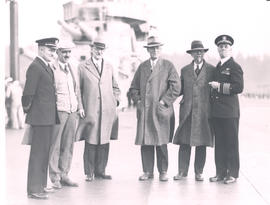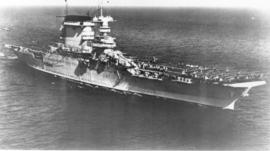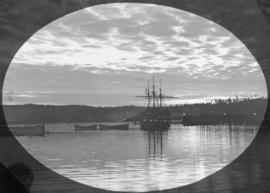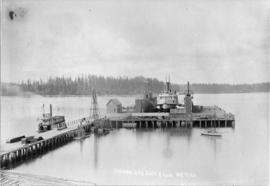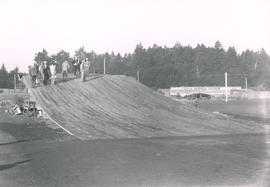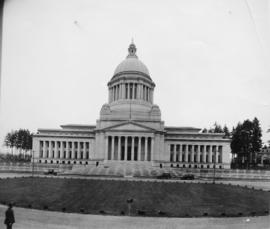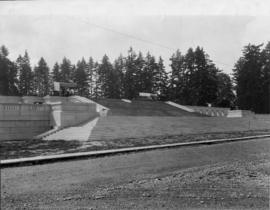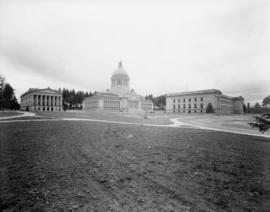- Item
- 1930-04-14
Part of General Photograph Collection
On April 13, 1930, mine and state officials pose outside the Pacific Coast Coal Co.'s Carbonado mine prior to entering to start their investigation into one of the worst mining disasters in Washington history. On Saturday, April 12, 1930, a few hours after the the afternoon shift was lowered to their work, a blast wracked the south chute #5 of the Douty seam, 1500 feet underground, killing 17 mine workers. Posed on one of the carts used to ferry the workers into and out of the mine are, standing left to right, George T. Wake, deputy mine inspector; William R. Reese, chief state mine inspector; and H.A. Wilson, general manager of the Coal Co. In the back seated are John G. Schoning of the US Bureau of Mines and Robert Simson, superintendent of the mine. Although the cause was officially "unknown," it was felt that the explosion was caused by a too heavily charged first blast which uncovered a second charge and ignited coal gas. TPL-6266 (TNT 4-14-1930 p.1; TDL 4-14-1930, pg. 1; TNT 4/16/1930, pg. 1)
Pacific Coast Coal Co. (Carbonado); Coal mining; Mine accidents--Carbonado; Explosions; Schoning, John G.; Reese, William R.; Simson, Robert; Wilson, H.A.; Wake, George T.;
